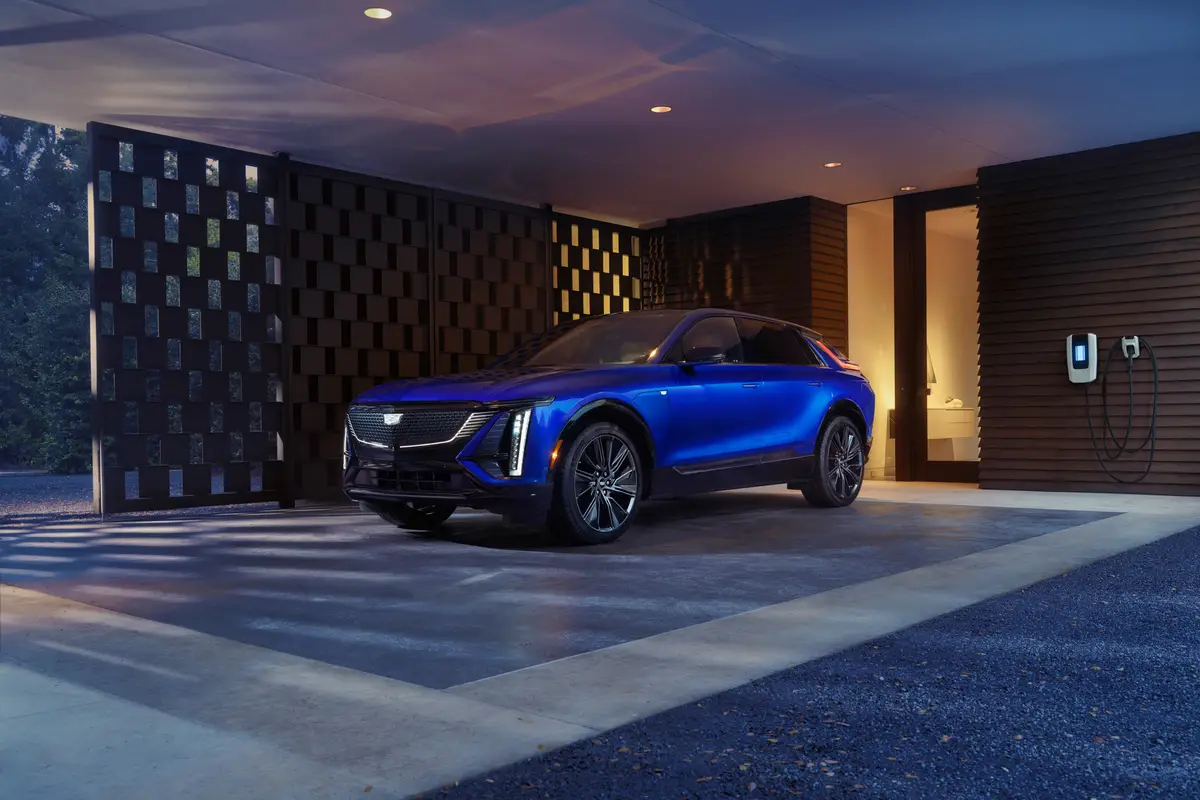washingtonpost.com's view
MOTOR TREND magazine has been presenting “Car of the Year” awards forthe past three decades. This nonsense oughtta stop.
Look at this year’s domestic choice — the 1988 Pontiac Grand Prix.It’s a good car. But is it the car of the year? That raises a questionasked among acquaintances by an Arkansas new car dealer at themagazine’s recent “Car of the Year” luncheon in New York.
“Geez,” the gentleman said, whispering over his salad. “How do yousuppose they came up with this award? That Grand Prix is the same as theCutlass Supreme and Buick Regal, ain’t it?”
The gentleman, a longtime General Motors dealer, has a point.
The Grand Prix, Supreme and Regal are members of GM’s “GM-10” family.They share identical components and have similar performancecharacteristics.
The only real difference among the GM-10 cars is that they lookdifferent, inside and out. They have different “feels” that appeal todifferent buyers. The Grand Prix, for example, is slick, smooth, flip,and sexy — my kind of machine.
But it boggles the mind how Motor Trend can pit these three carsagainst one another, in a field of seven cars, to produce its 1988domestic “Car of the Year” trophy. That amounts to a three-to-oneadvantage — running three of the same cars, in different dress,against each of the other four models. Is that stacking the deck, orwhat?
And what’s this foolishness about separating the domestic “Car of theYear” from the import version? Imagine this showroom scene:
“I’d like to buy the car of the year, please.”
“Import or domestic?”
“Ah, uhmmm, which is better?”
I hope the Grand Prix escapes the ignominy that befell other MotorTrend “Car of the Year” selections, such as the much- maligned ChevroletCitation and the greatly ignored AMC/Renault Alliance.
The Grand Prix has some faults. But it’s a decent car that deservesbetter than a Motor Trend jinx.
Complaints: I drove two Grand Prix cars — a pre-production and aproduction model. The pre-production model had a number of ill-fittinginterior seams and other fit-and- finish glitches, all of which Iforgave because the car was a rough draft.
The production model, the real, commercially available McCoy, wasdarn near perfect. But the production car’s trunk-lid support mechanism– the thing that keeps the lid aloft while you’re loading groceries orluggage — was just as flimsy as the one in the pre-production model.
Praise: The Grand Prix gets top marks in overall execution, withspecial credit going to the car’s designers. That terrifically swoopingbody and well-conceived, futuristic interior drew rave on-the-spotreviews at every filling station and parking lot.
It’s been a long time since I’ve had that much unsolicited, favorablecommentary on a test vehicle.
Ride, acceleration, handling: The front-wheel-drive, four-seat GrandPrix again gets high marks. But there’s not much here that distinguishesthe test car from its ot her GM-10 siblings. The Grand Prix is equippedwith GM’s widely used 2.8-liter, fuel-injected, V-6 engine, which israted 130 hp at 4,800 rpm.
Sound system: GM/Delco AM/FM radio and cassette with electronic seekand scan functions — excellent.
Mileage: About 24 to the gallon (16.6-gallon tank, estimated 390-milerange on usable volume), running driver only and mostly highway in theGreat State of Virginia.
Price: $16,722 on the tested Grand Prix SE, including $1,043 inoptions and $430 transportation charge. Base price is $15,249, anddealer’s invoice price without options is $13,159.89, according toAutomobile Invoice Service in San Jose, California.
Purse-strings warning: Some dealers doubtless will tout the “Car ofthe Year” award in an attempt to maximize profits on this model. Don’tfall for it. Remember the Alliance and the Citation. What’s the resalevalue of those cars today?
Latest news



